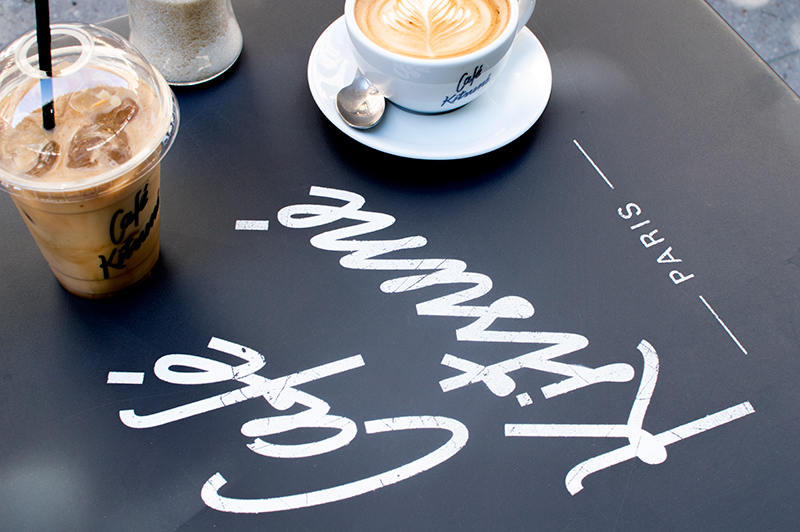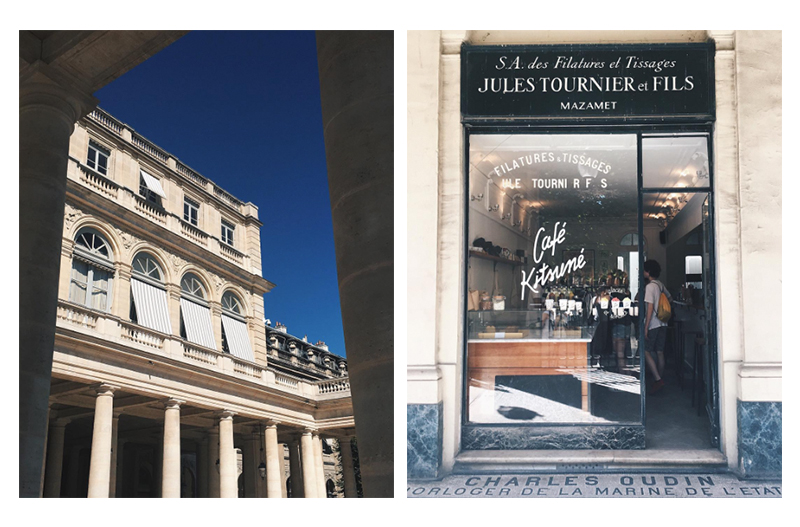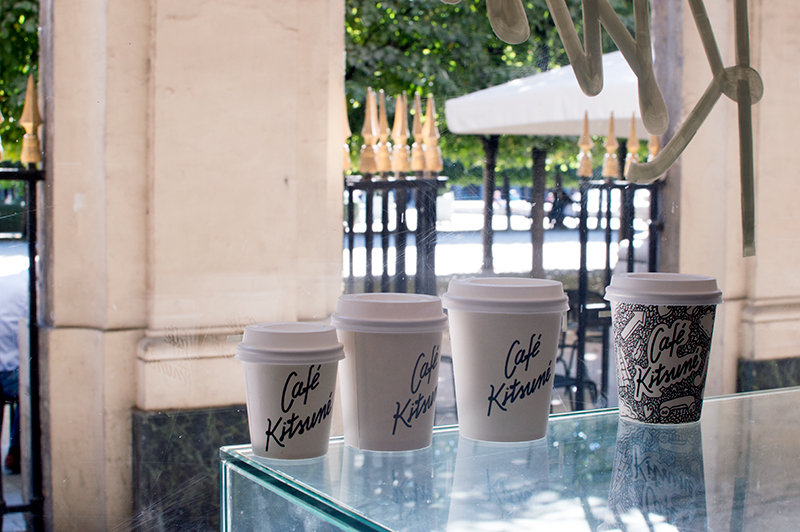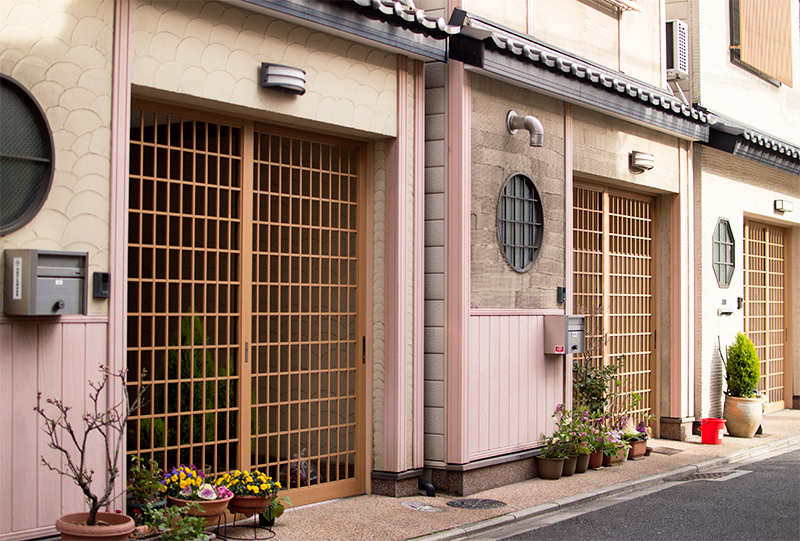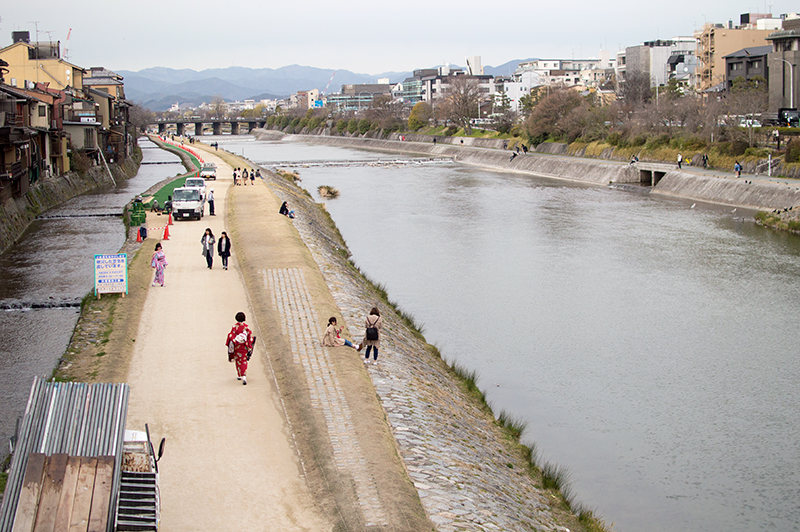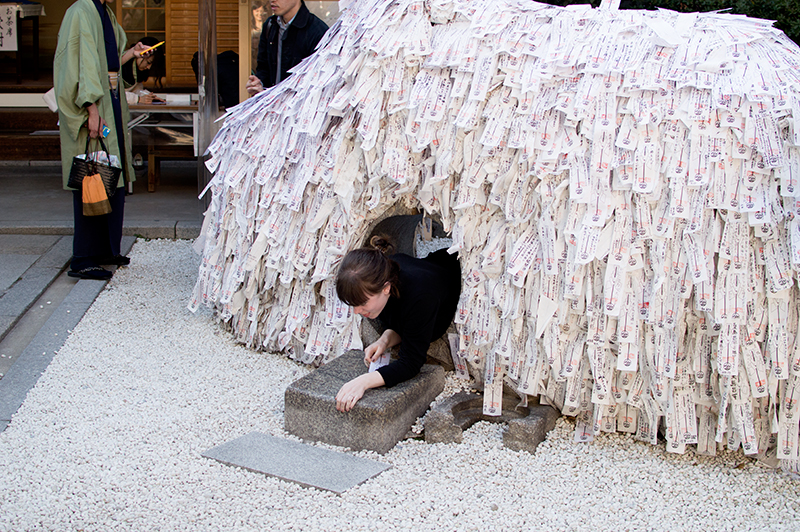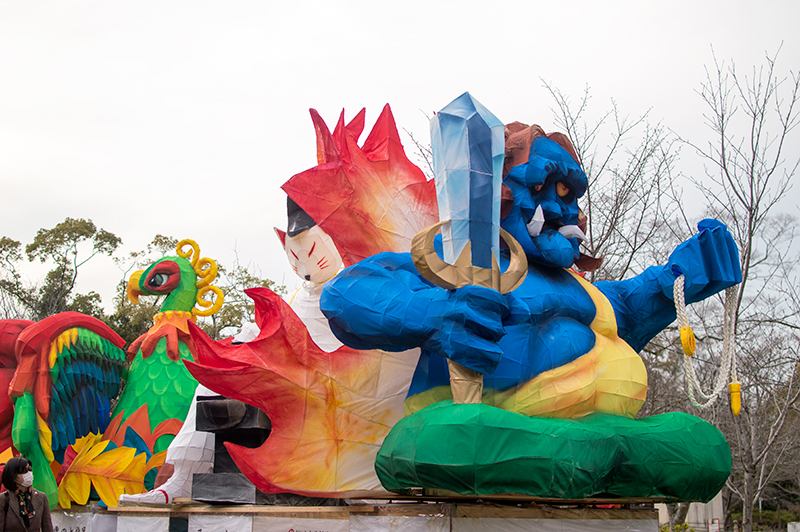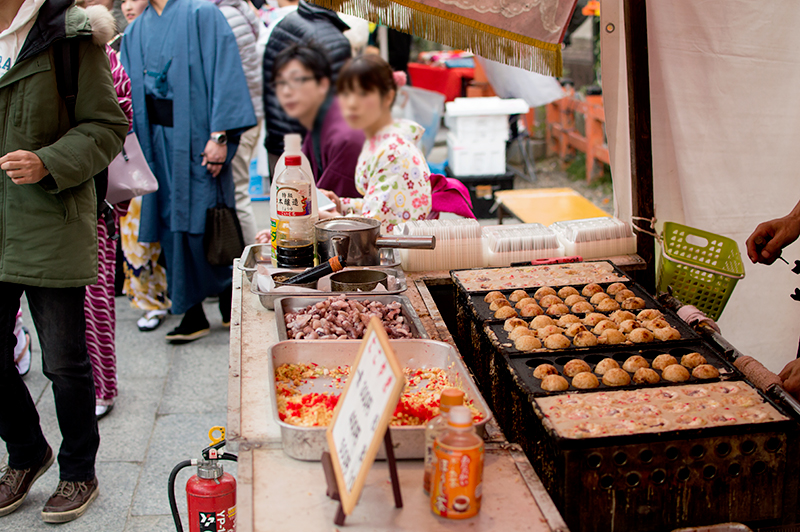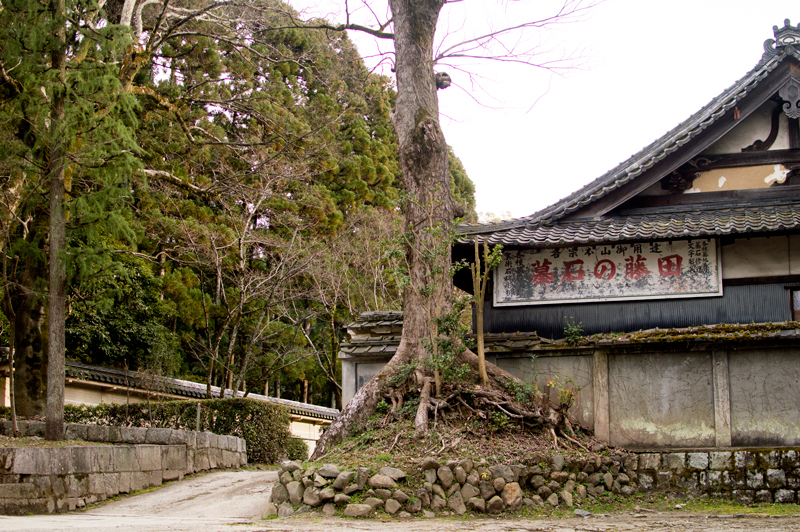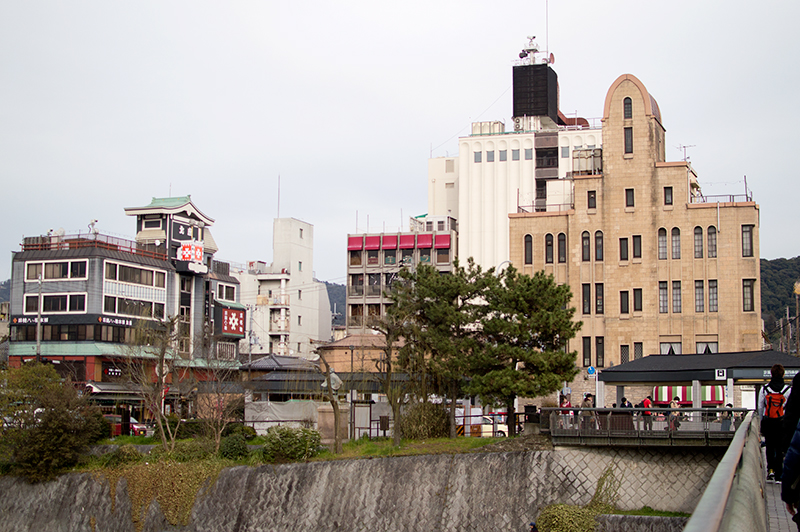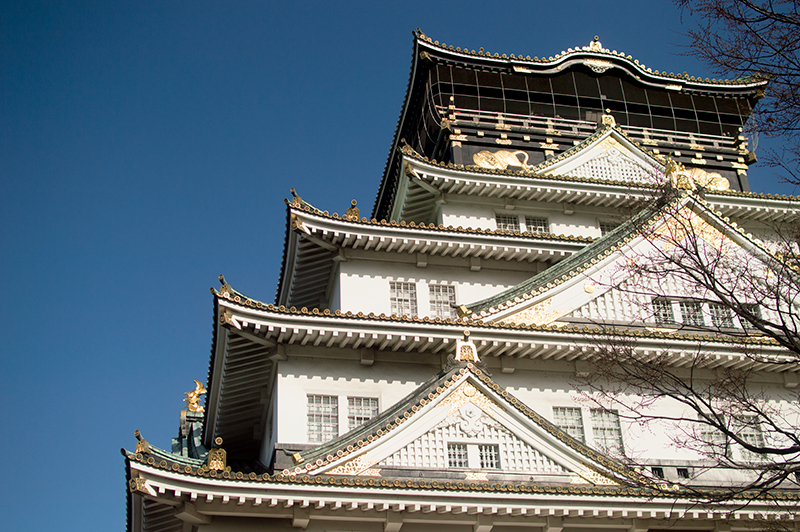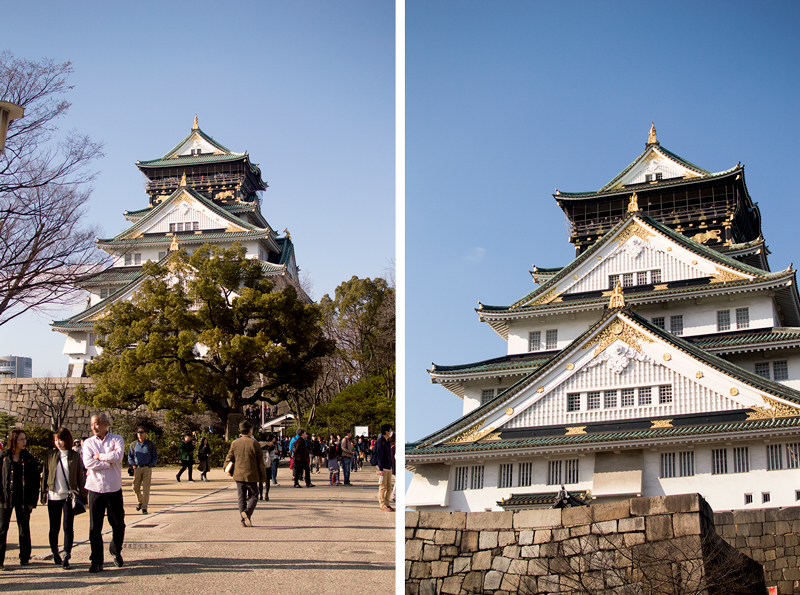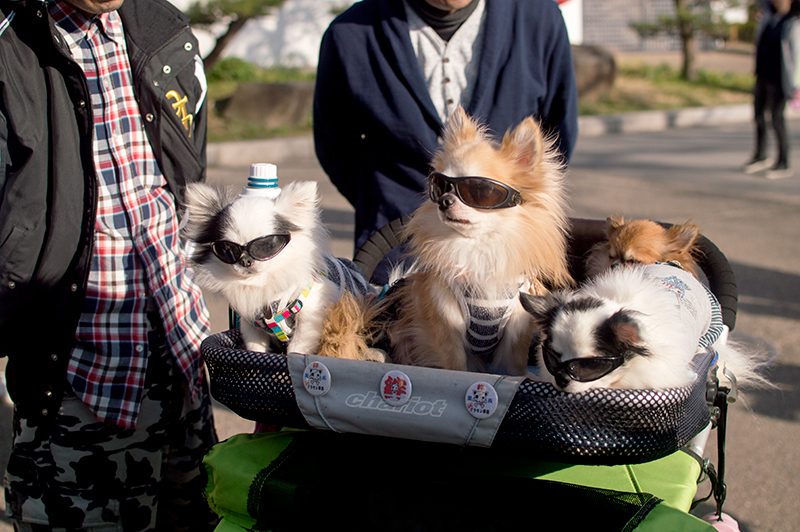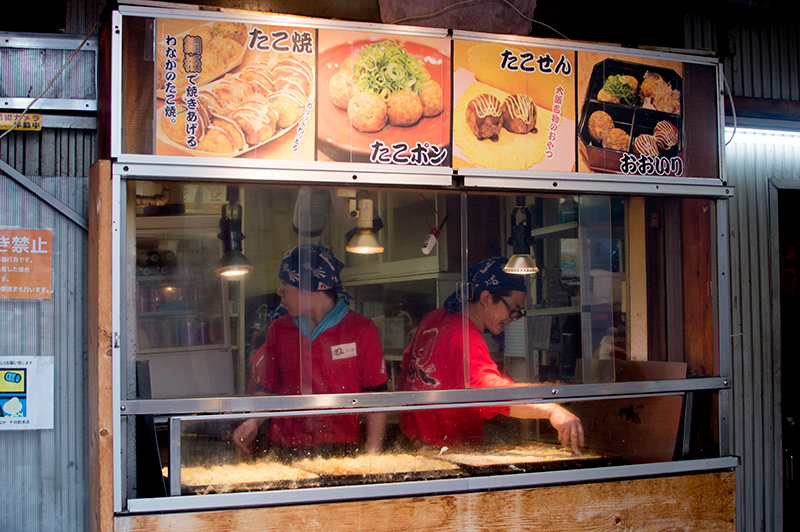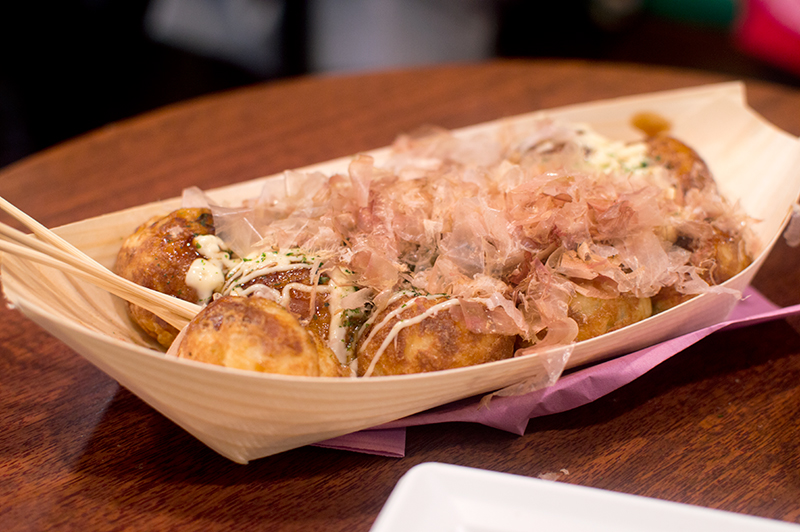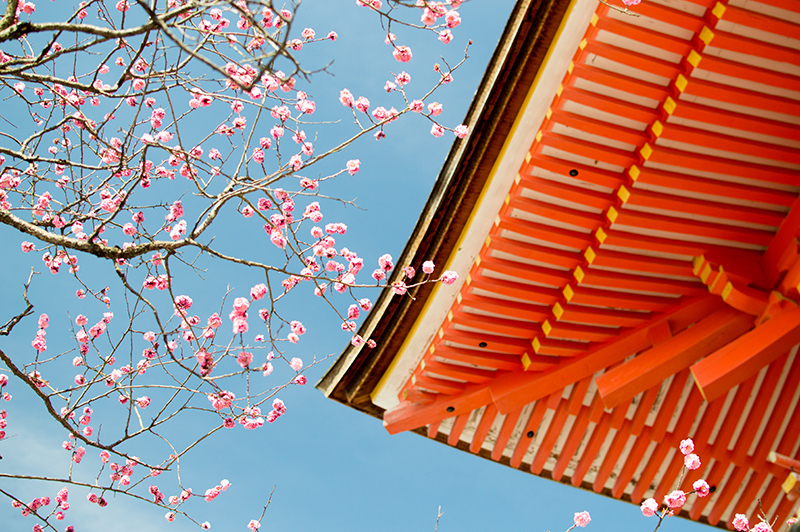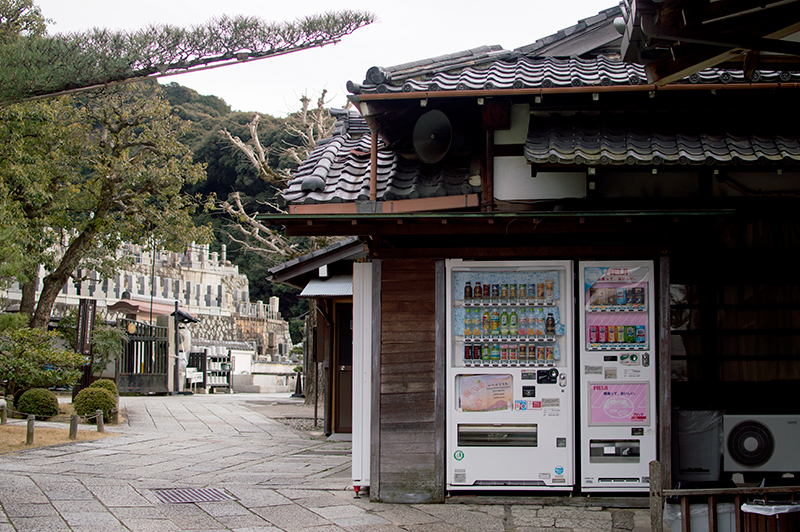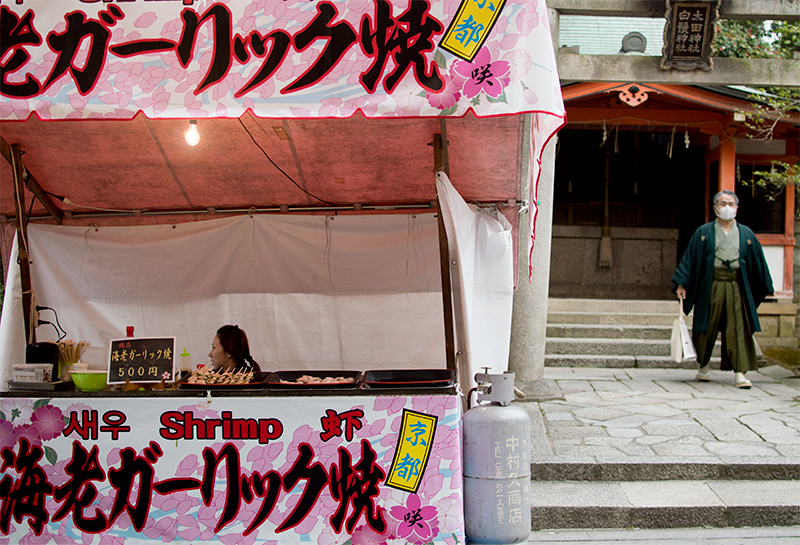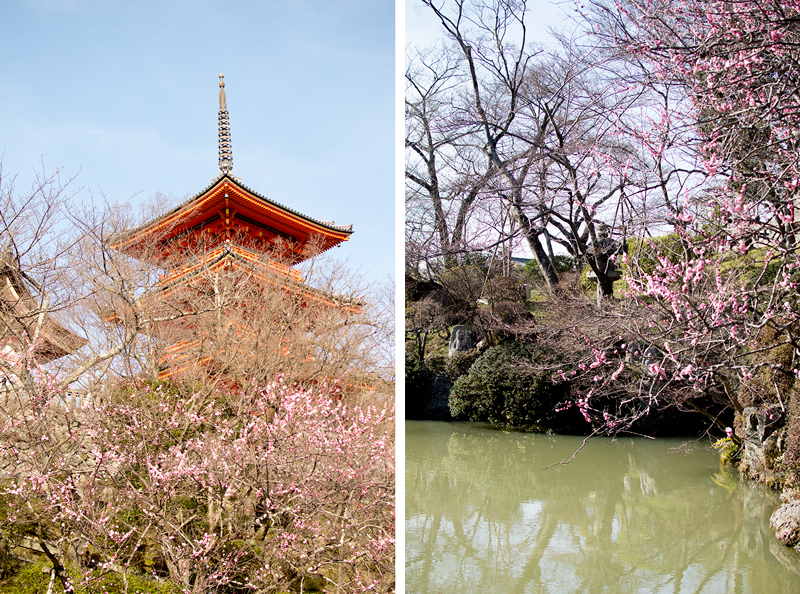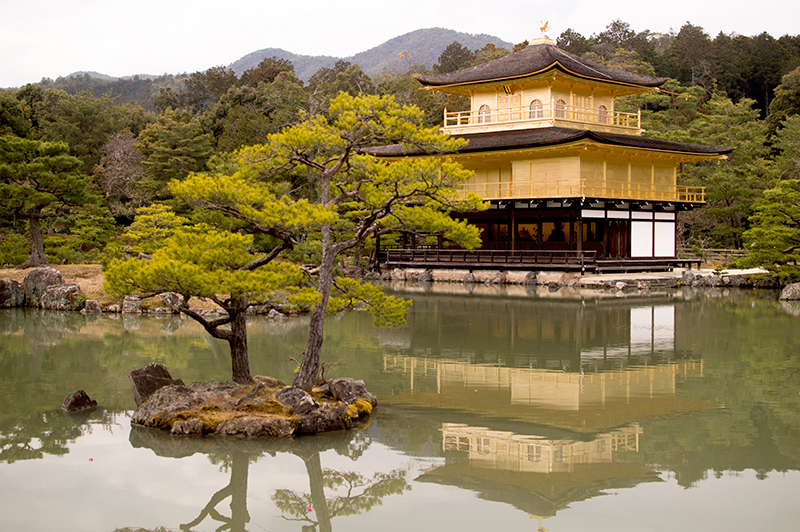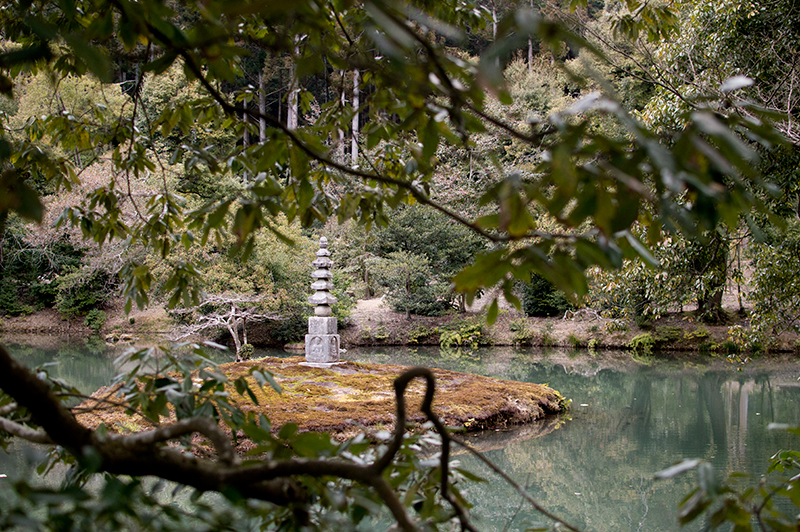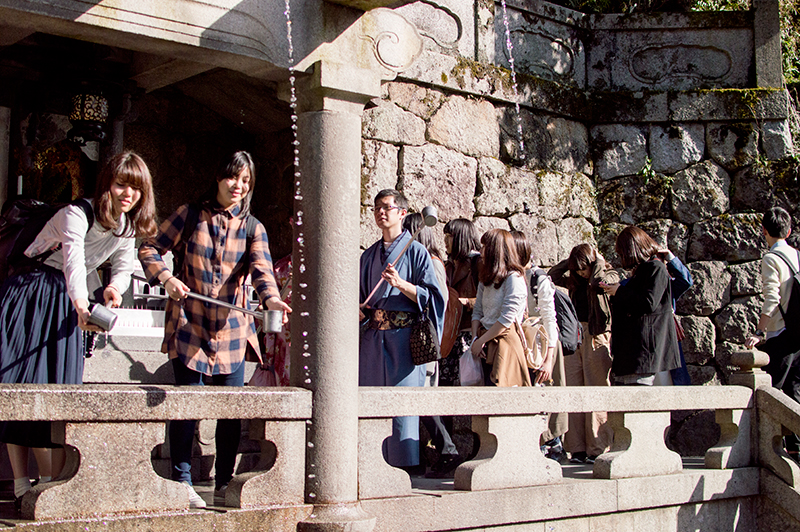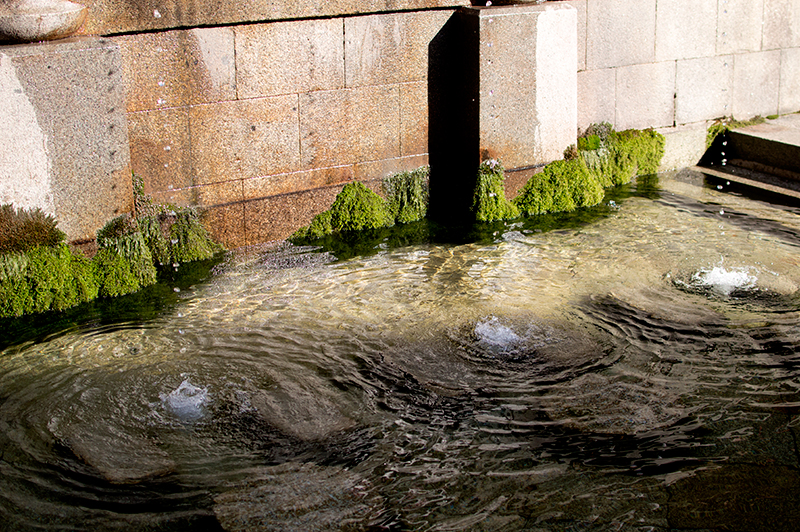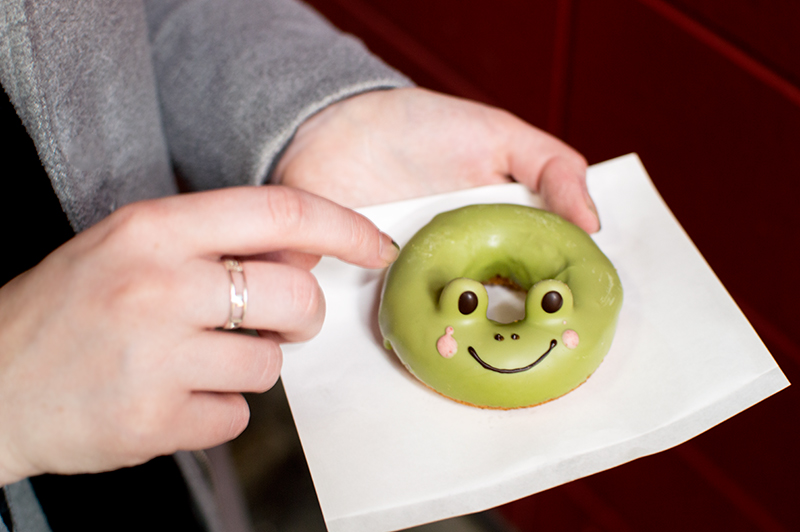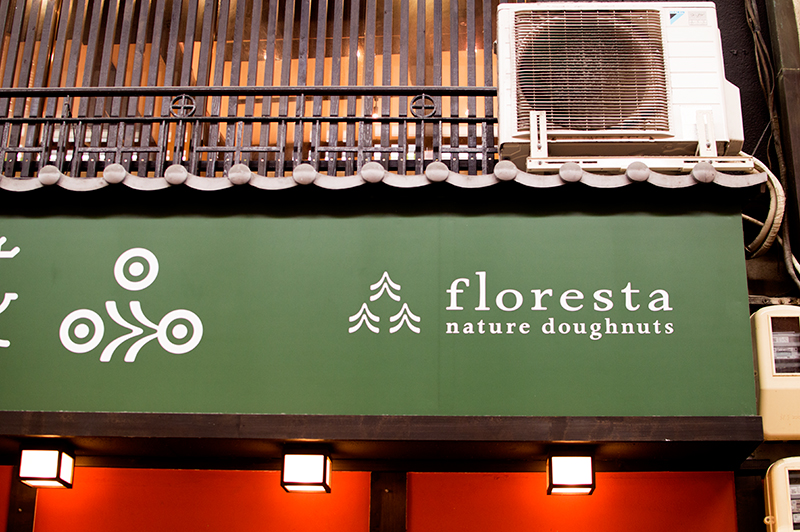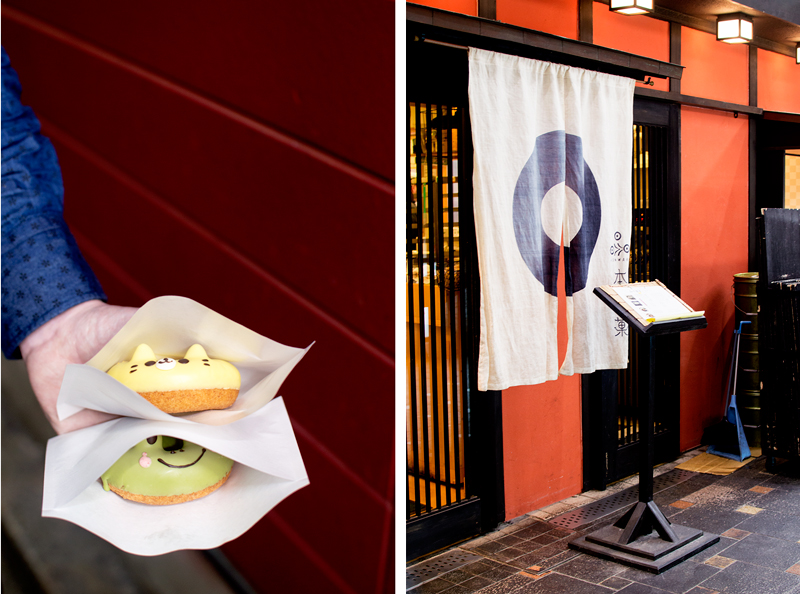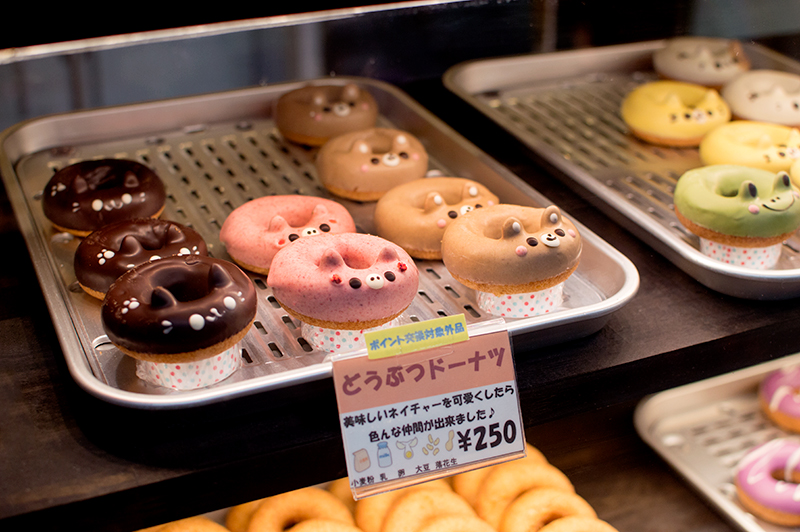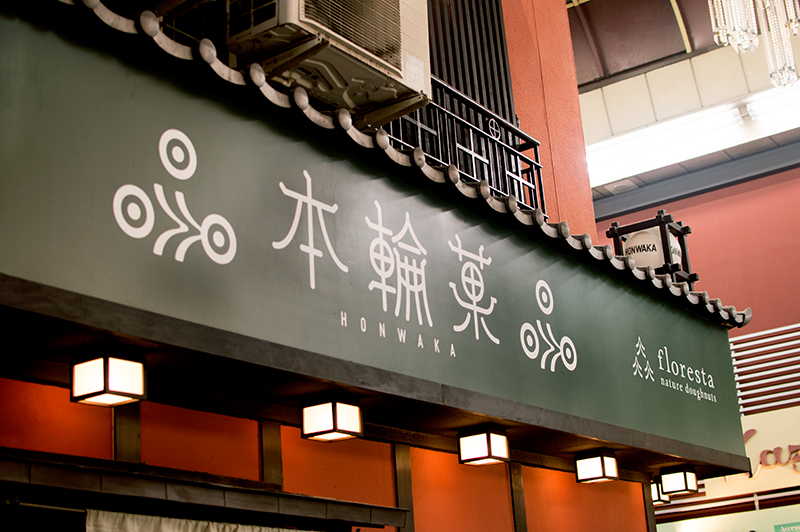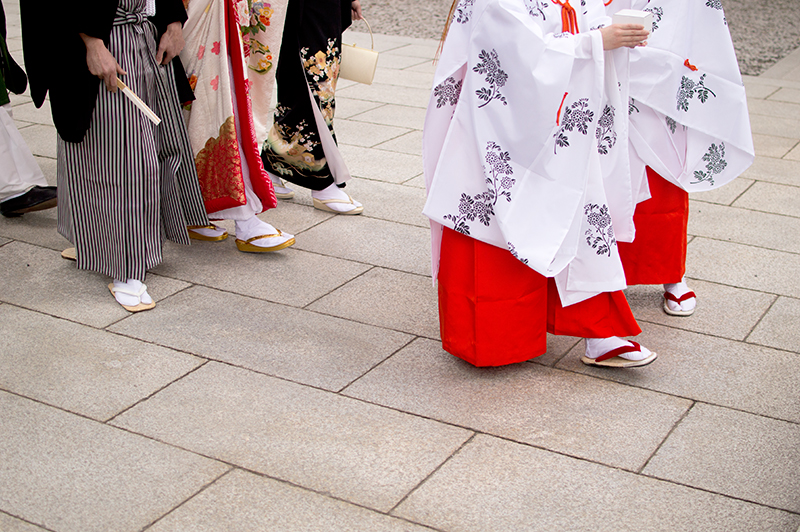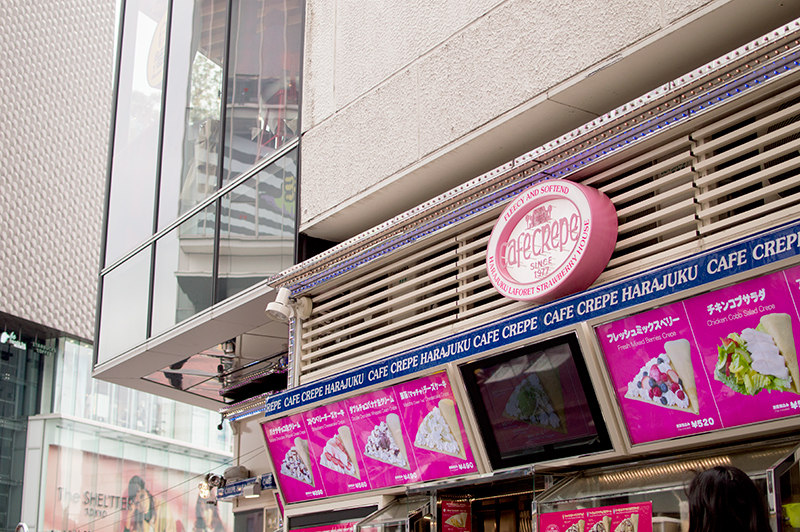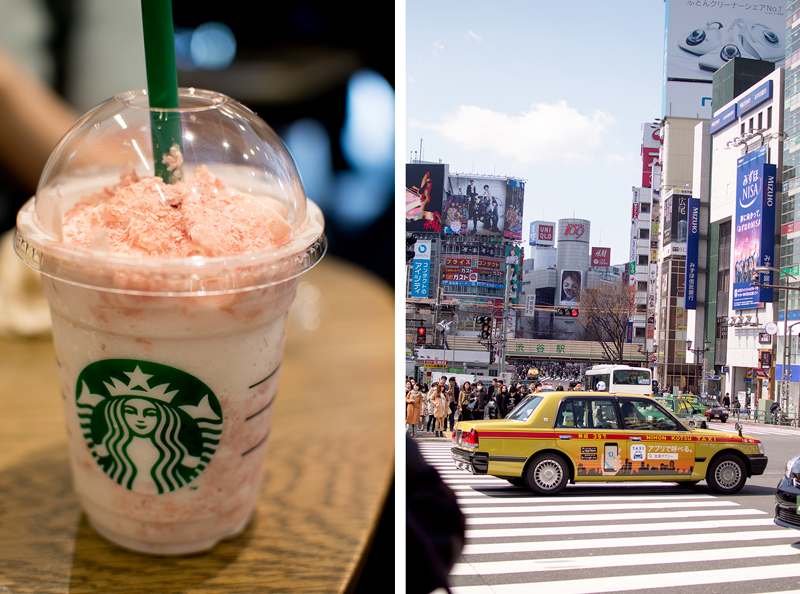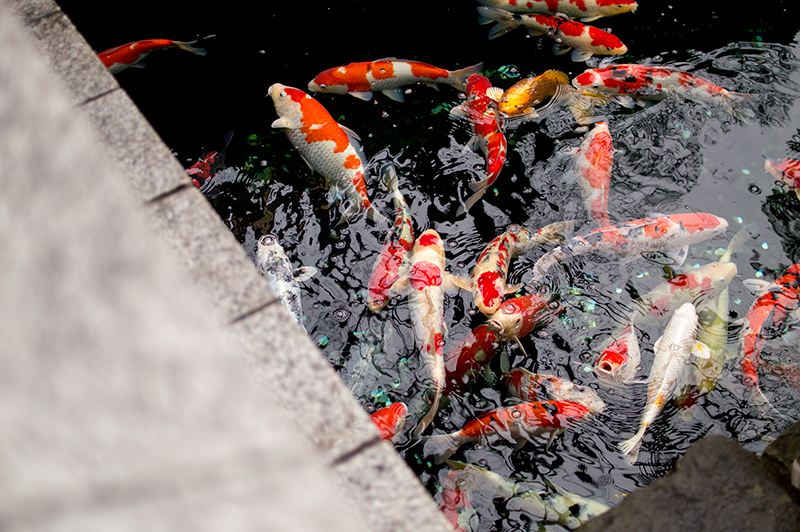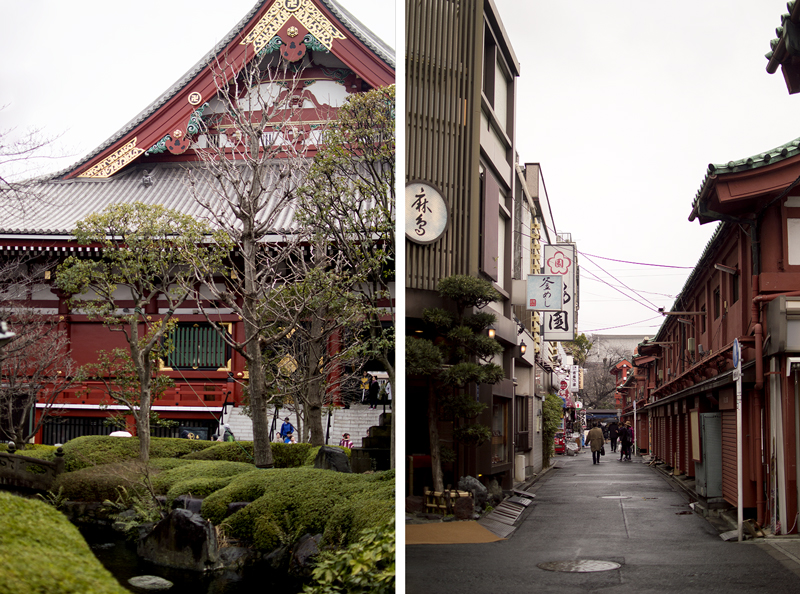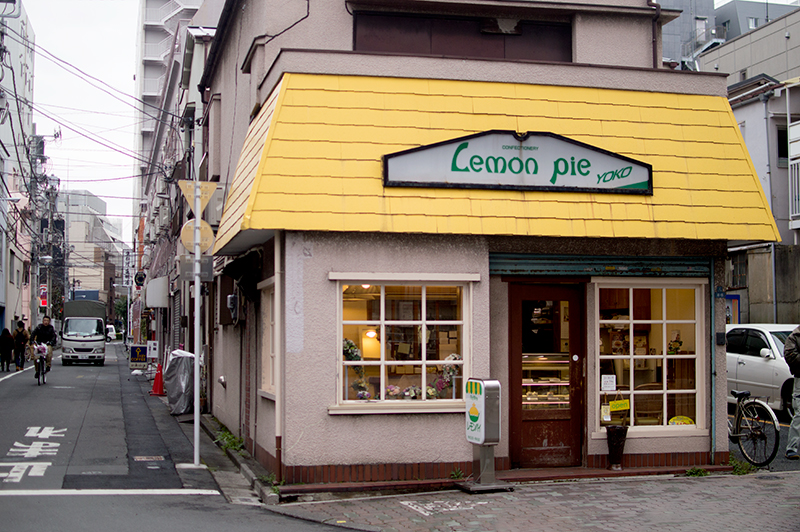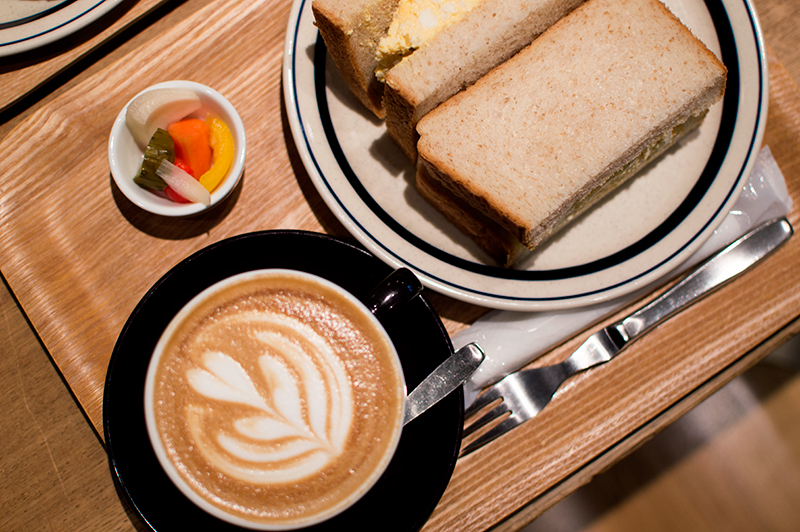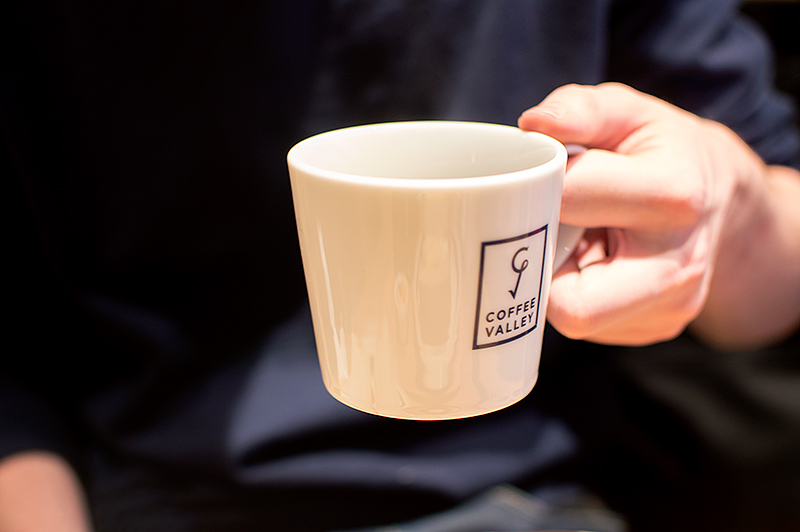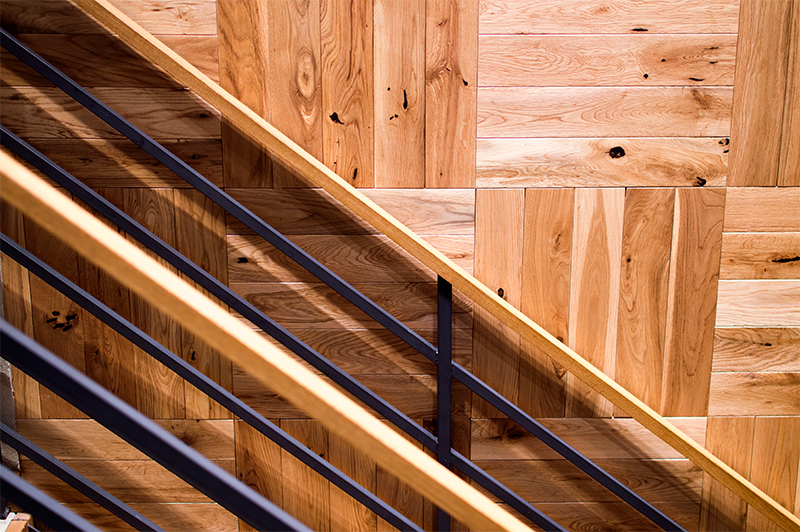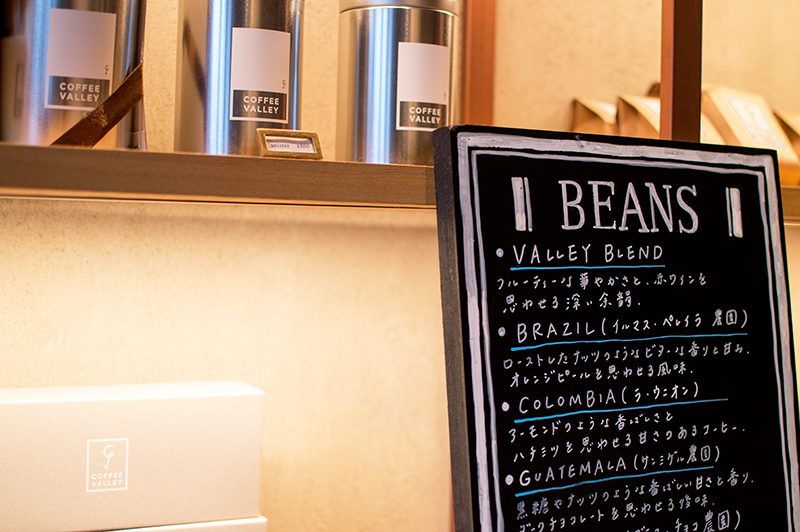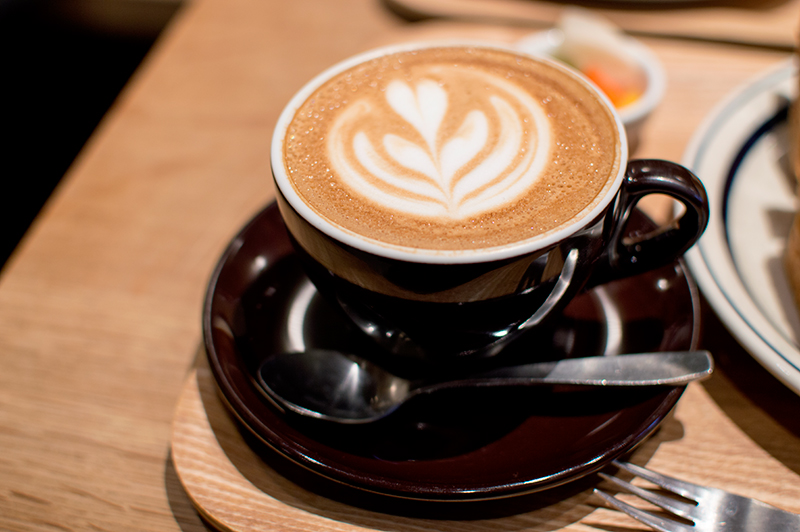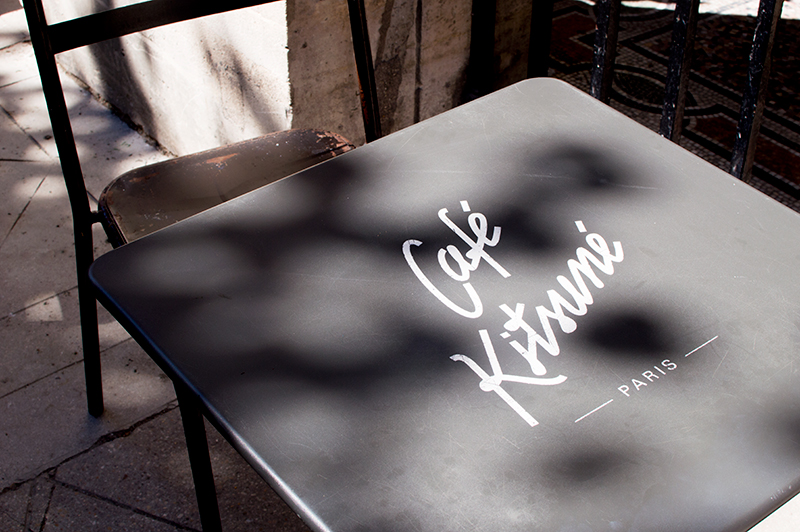 Cafe Kitsune Paris | Coffee & Pastries | Metro: Palais Royal – Musée du Louvre | Map
Cafe Kitsune Paris | Coffee & Pastries | Metro: Palais Royal – Musée du Louvre | Map
What is one to do with a spare afternoon in Paris? Spend it like a true Parisian of course, and lounge around beautiful architecture and gorgeous people, all whilst sipping on a coffee. That’s exactly what VA (Chopstickpanorama) and I decided to do during our whirlwind visit to Paris recently, at Cafe Kitsune Paris.
Cafe Kitsune Paris
We found the cafe located along Galerie de Montpensier. An old arcade which still has it’s original, vintage shop fronts and fittings. Nestled inside an old fabric shop, Maison Kitsune has found the perfect setting for their oh so chic Paris cafe. We took a seat at their outside tables, as inside is pretty cramped and not really made for sitting in. Everything about Cafe Kitsune Paris has been thought out to the last little detail, from the tree lined park, to the signature tables. If you don’t feel like a true Parisian whilst you’re here, I’ll eat my hat!
カフェキツネ – パリ
The cafe boasts a wide selection of coffees and teas to order. I was so pleased to see London based Workshop Coffee Co being used at the cafe – it’s nice to discover a familiar name when travelling. VA and I ordered a flat white and an iced latte – both which made for a good cup of coffee. Cafe Kitsune Paris also offer the occasional pastry too. If you’re lucky you’ll be able to grab some cake, or one of their iconic fox biscuits, which mimics the brands logo (kitsune is Japanese for fox). Hurry up though, Maison Kitsune’s cafes are known for selling out of their food offerings quickly.
How does the Paris cafe compare to the Aoyama, Tokyo cafe?
I personally prefer it. The location and vibe is much more relaxed, and it fits in with the brands aesthetic perfectly. If you’re looking for somewhere with good coffee, delicious food, and a stylish setting, Cafe Kitsune Paris is it.
You can find Cafe Kistune Paris at Galerie de Montpensier, 75001 Paris, France
Unfortunately Filles du Calvaire cafe has now closed, so this is the only remaining Cafe Kitsune in Paris.
Check out more: Travel Diaries & Recommendations

